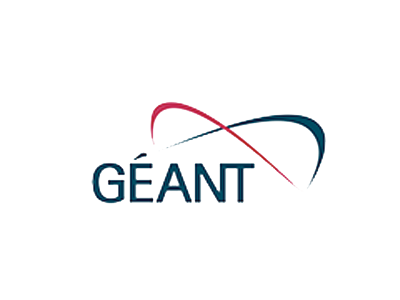
Giving researchers access to real world 5G cellular mobile infrastructure
The next-generation cellular network technology – 5G – is approaching. 5G will increase the speed, reduce the latency and improve the flexibility of wireless services, creating possibilities for new applications, like autonomous vehicles, massive sensor networks, Industrial Internet of Things etc. And with 5G being able to support up to 1 million devices per square kilometre, a huge increase in wireless network traffic is to be expected.
Test facilities needed
With an increasing number of researchers working with 5G, there is a growing demand for test facilities outside of a restricted laboratory setting. Researchers need to run their experiments on real world cellular mobile infrastructures, but research in theses technologies is hampered by a number of financial and commercial issues.
While it is comparatively easy to experiment with wired networks, wireless networks are more complicated for a number of reasons: not only are manufacturers reluctant to sell 5G components to other than commercial operators. More importantly, research in mobile networks requires access to state-regulated radio spectrum in order to recreate realistic environments. In many countries this spectrum is sold to commercial operators through public auction schemes, and thus inaccessible to researchers, as commercial operators fear that experiments will interfere with production services. Furthermore, commercial operators are reluctant to reveal the usually hidden internal mechanisms of their networks to others.
New service
A recent initiative named EUWireless is working to remedy this by developing a new service to the European research community: the first pan-European infrastructure to support research in mobile communication networks using regulated spectrum. The EUWireless consortium consists of 6 partners: NORDUnet (Denmark), time.lex (Belgium), IS-Wireless (Poland) VTT (Finland), DEKRA (Spain), and the University of Malaga (Spain).
The goal of EUWireless is to develop the technical capabilities and administrative recommendations that will allow network researchers to access and share licensed spectrum and link it seamlessly with edge computing facilities, core transport facilities, and large-scale cloud facilities. This is an essential requirement for experiments in 5G technologies and IoT-like services, as they require a high level of integration with the network to provide extremely low latency services for e.g. autonomous vehicles, gaming, or sensor systems.
Distributed test bed
A few 5G research facilities using commercial equipment exist already, but they are linked to fixed laboratories. As opposed to this, the service the EUWireless initiative is developing is distributed, instead of being physically concentrated in a laboratory or a test bed, aiming to provide equal opportunities for access and performance to researchers located across Europe.
The new service is an extension of a similar test bed service, GTS, developed by the pan-European Research & Education network GÉANT. GTS is currently a production service by GÉANT offering remote construction and use of virtual test beds for wired networks mapped to the real GÉANT infrastructure. The EUWireless initiative is now extending this service with 5G components, using Network Slicing technology to offer experimental infrastructure to European researchers, enabling them to experiment in a real-life 5G setting without interfering with commercial services or other experiments.
Network Slicing enables the complete separation of resources to be used by different services. Thanks to the slicing concept, EUWireless can offer each experimenter a network composed of real resources, completely isolated from networks used in other experiments. Each user will perceive a complete “telecommunication infrastructure” at his or her disposal.
The new pan-European 5G test bed service will help scientists validate their research and thus speed up the development of new products services across various domains, e.g. eHealth, manufacturing, public safety, transportation, and media & entertainment.
Image: Pixabay
For more information please contact our contributor(s):


